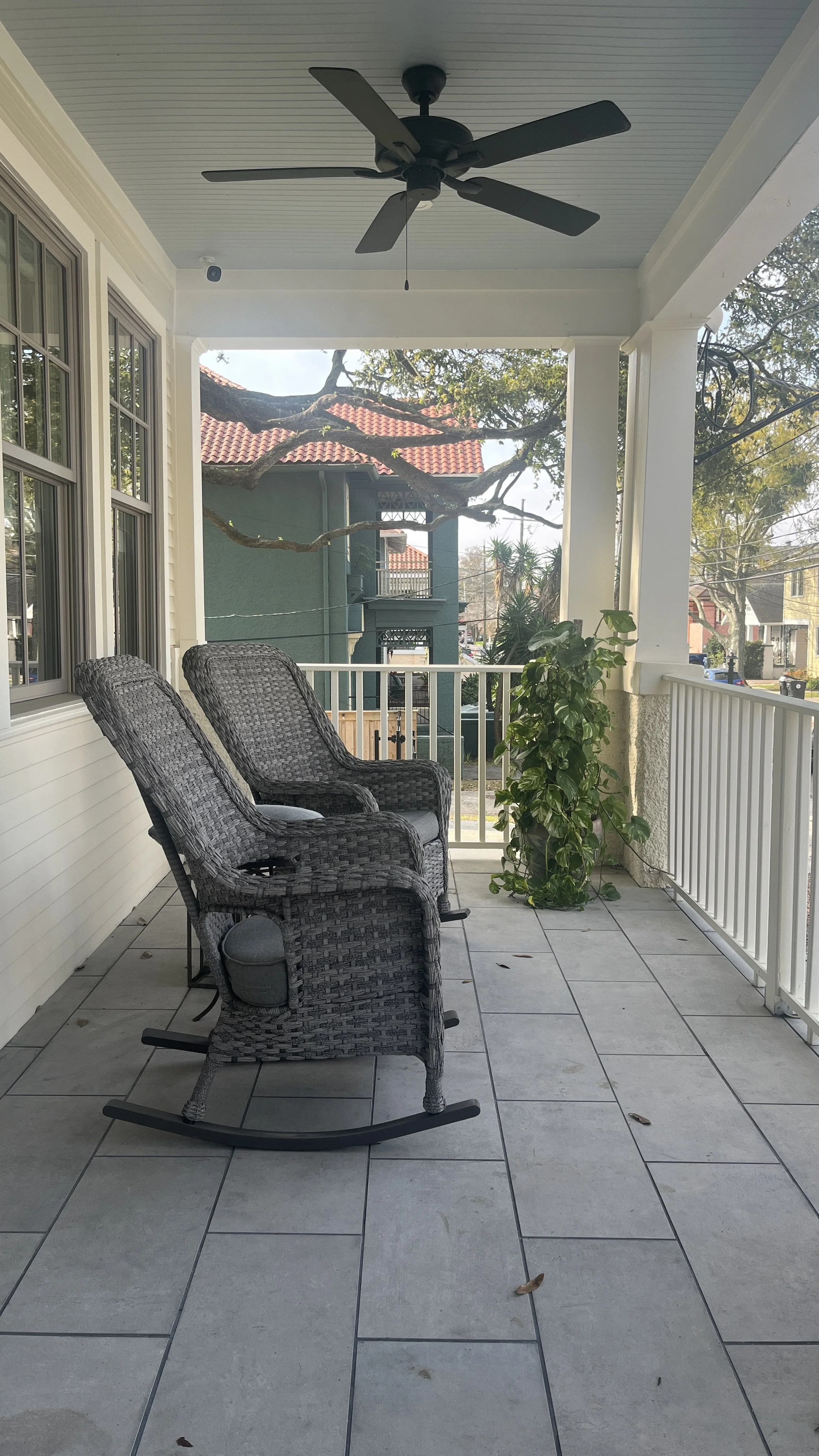Framework for Excellence: Design Strategies
The American Institute of Architects has recently released its Framework for Design Excellence, a guidance tool consisting of ten key principles complemented by probing questions. This tool serves as a guidepost to help designers make advances toward a better built environment that is zero-carbon, promotes health, fosters resilience, and upholds equity.
Our team has diligently examined these principles, reflecting on our current best practices and identifying areas for future implementation and enhancement. This commitment underscores our ongoing dedication to progressive design and sustainability in the architectural landscape.
In this blog post, we will touch on two of the ten design principles.
Categories outlined by the AIA
Integration
Equitable Communities
Ecosystems
Water
Economy
Energy
Well-Being
Resources
Change
Discovery
Design for Integration
The word “Integration” in the context of architecture can mean many things. To simplify, this category can also be called “Defining the project goals”. Along with the project goals, identifying project stakeholders, early collaboration of ideas and creating a project ethos is described in this category.
What Does This Look Like?
Develop a vision statement that resonates with stakeholders, the users, the community, the investors, the operators and the design team.
Create spaces that are comfortable, walkable, vibrant, welcoming and encourage social interaction.
Articulate the purpose of the building (it’s primary programmatic functions), design concept and design quality.
Describe the quality of the interior and exteriors spaces and connections between interior and exteriors.
Define how the project will support the health and well-being of the occupants.
What Are Our Strengths?
Our strength lies in engaging with project users to deeply understand their needs and behaviors, allowing us to craft tailored plans that align with their requirements. We establish a design ethos or charter using imagery as a cornerstone. This imagery serves as a visual guide during project planning.
For example, when designing an adaptive reuse project in New Orleans' warehouse district, we reference the building's historical context, consider optimal space utilization for users, and prioritize areas of significance accordingly.
We carefully choose materials for both the interior and exterior that complement each other and reinforce the project's overall ethos.
What Can We Do Better?
The AIA asks us to identify a sustainability champion to track goals and progress. Although we often include sustainability best practices, we often don’t declare a sustainability champion. This can any of the following strategies: Passive Solar Design, energy efficient HVAC systems, Insulation and Thermal Mass, Daylighting and Lighting Controls, Water-Efficient Fixtures, Renewable Energy Integration, Green Roof & Permeable Surfaces, Recycled and Sustainable Materials, and/or Waste Reduction and Recycling.
To benefit and better serve our clients, we plan to develop a “Regional Materials Palette” based on what is available locally, especially for heavier materials. Documenting for our clients and contractors so that the resources are available to them and already vetted by the design team.
Design for Well-Being
We believe this category best exemplifies what we do at our practice. The focus topics for this category include Light, Thermal Comfort & Air Quality Control, Mental & Social Well-Being, Acoustics, Movement & Nourishment.
What Does This Look Like?
Allow daylight to penetrate from multiple sources and directions to create spaces with more uniform daylighting.
Prioritize daylight by moving shared spaces to the perimeter of the floor plate, where access to daylight can benefit the greatest number of people.
Dedicate space for restoration, relaxation, sensory retreat or respite. Design such that all people regardless of age, size, ability or disability can easily access, understand and freely use all buildings and spaces to the greatest extent possible.
Design a variety of dining seating options and configurations to encourage social engagement opportunities, including both small- and large-group seating spaces.
Minimize sound and vibration within enclosed spaces from HVAC and other equipment.
Provide views of or direct exposure to trees and other forms of vegetation to increase the sense of well-being and satisfaction while reducing levels of stress
What Are Our Strengths?
In our renovation of a two-family home, we reconfigured the floor plan to maximize natural views and daylighting in the main living areas, while situating bedrooms and bathrooms on the side of the house with less natural light and views.
We restored the original porches on both floors that were enclosed by a previous owner. We created areas to promote social interaction between the couples.
We recommended insulation not only in the attic but also the walls to promote a tight house. Our mechanical contractor added a dehumidification system that will kick on when the air hasn’t kicked on in days. The insulation also helped mitigate noise from the street.
What Can We Do Better?
Sound Map
A “sound map” that color codes zones by either “loud,” “quiet,” “mixed,” or “circulation.” If “loud” zones directly border “quiet” zones, consider reprogramming or sound transmission mitigation strategies.
Color-Tunable Lighting
Color tunable lighting systems can offer the ability to adjust the color saturation and hue, allowing users to create dynamic and personalized lighting effects. This flexibility in color tuning has various applications in architectural lighting, interior design, and commercial spaces where lighting quality and ambiance play a critical role in occupant comfort and well-being.
Radiant Systems
Include radiant systems for both heating and cooling, which create more comfortable spaces than forced air systems. Radiant systems also eliminate drafts and can improve air quality with a lower energy profile than forced air.
If you want to learn more about these principles or just want to have a conversation with us, feel free to reach out. We touch on three more principles in our next blog post.






